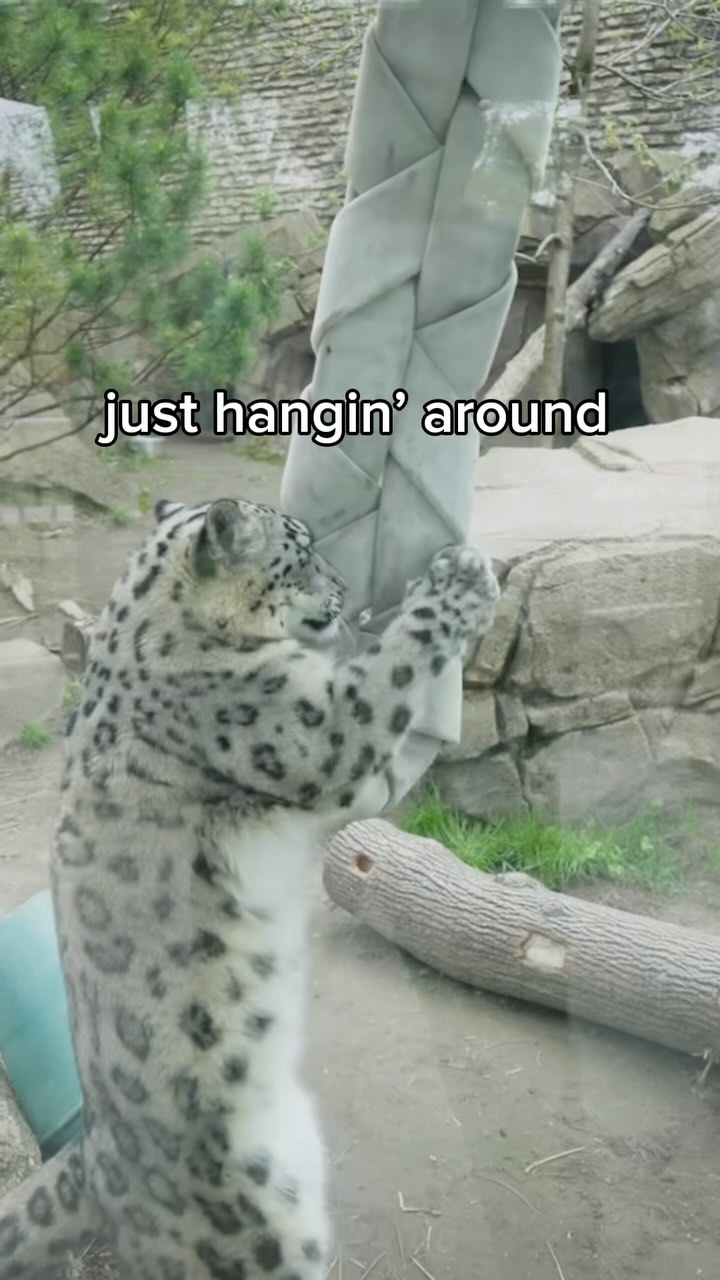- The ecological significance of Found Altai and its inhabitants
- The role of zoo management in wildlife conservation within Found Altai
- The challenges faced by ecosystems surrounding Found Altai
- Strategies for sustainable tourism and education in Found Altai
- The importance of community engagement in conservation efforts
Found Altai encompasses a rich tapestry of biodiversity, highlighting its ecological significance. Located in Altai, a region known for its mountainous landscape, dense forests, and lush valleys, Found Altai boasts a remarkable range of flora and fauna. This area is not just a retreat for wildlife; it’s an ecosystem delicately balanced yet constantly under pressure from human activity. The unique interplay of species in Found Altai exemplifies the intricate web of life, revealing how different organisms coexist and support one another.
The ecosystems within Found Altai, namely those of forests, wetlands, and alpine regions, showcase an incredible variety of habitats. Each zone is home to a diversity of species, including endemic plants and animals that thrive in these specific environments. Many of the organisms within Found Altai exhibit specialized adaptations, allowing them to navigate the distinct climatic and geographical conditions that define their habitat. For instance, the Altai argali, a wild sheep species, is adept at living among steep terrains and possesses physiological traits that aid its survival in harsh weather. By understanding these relationships, researchers can illuminate the interconnectedness that sustains ecological health.
The zoo management in Found Altai plays a crucial role in wildlife conservation, fostering a safe environment for both endangered and common species. A well-structured management approach integrates welfare standards, breeding programs, and educational initiatives aimed at both friends of the zoo and the public. Staff members are trained in animal husbandry, behavioral enrichment, and habitat design, which ensures that the needs of the animals are met and promotes natural behaviors. This not only creates a more authentic experience for visitors but also enhances the well-being of the animals in captivity.
Moreover, management strategies extend beyond the confines of the zoo enclosure. Collaboration with conservationists, researchers, and local communities influences the implementation of species recovery programs. By conducting field research in the surrounding areas of Found Altai, zoo professionals gather vital data on wildlife populations, migration patterns, and habitat usage. This information is instrumental in informing conservation objectives and policies at both local and national levels.
Despite the conservation efforts in Found Altai, various challenges threaten its ecosystems. Habitat loss, poaching, and climate change are significant issues that persist in this region. Habitat fragmentation due to urban development disrupts animal migration routes and introduces human-wildlife conflicts. Poaching not only endangers indigenous species but also interrupts the balance of ecological systems. Moreover, climate change alters weather patterns and habitat conditions, prompting changes in species distribution and behavior.
The need for adaptable conservation strategies is paramount. Conservationists in Found Altai focus on creating corridors that facilitate animal movement between isolated habitats, which is essential for maintaining genetic diversity. Establishing protected areas helps safeguard vital ecosystems and their inhabitants. Additionally, continuous monitoring and research are critical for understanding the ongoing impact of these factors and adjusting strategies accordingly.
Sustainable tourism represents another avenue to support wildlife conservation in Found Altai. Tourism can provide much-needed funding for conservation efforts, but it must be approached responsibly. Promoting eco-tourism can encourage visitors to appreciate the natural beauty while participating in conservation programs. Tour operators should emphasize the educational component, teaching guests about the ecosystems and the importance of protecting them. Engaging tourists in conservation initiatives—such as clean-up campaigns and wildlife monitoring—can foster a sense of stewardship, encouraging them to support ongoing efforts.
Educational programs tailored for local communities enrich the conservation dialogue. Workshops and outreach initiatives raise awareness about the significance of biodiversity and the threats it faces. Engaging local stakeholders ensures that conservation practices are culturally sensitive and practical. This approach encourages community members to become proactive in preservation efforts. By valuing traditional ecological knowledge and practices, conservationists can harness local expertise to enhance their strategies.
Continued dialogue between conservationists and communities is paramount in building trust. Feedback loops—where local voices contribute to conservation planning—strengthen these relationships. Encouraging community-led initiatives fosters ownership and responsibility toward the local environment. This partnership can transcend mere tourism, transforming visitors into advocates for the conservation mission in Found Altai.
The significance of Found Altai cannot be overstated. It stands as a model for integrated conservation frameworks that balance human needs with those of wildlife. By emphasizing the synergy between ecological health, sustainable tourism, and community engagement, Found Altai exemplifies a proactive approach to conservation. Thoughtful zoo management supports these efforts by creating thriving environments for animals and facilitating educational outreach.
As we turn our focus towards developing effective strategies, it’s essential to remember that every action counts. Increased awareness, collaboration, and adaptive management will enhance conservation resilience in Found Altai and beyond. The future of wildlife depends on our willingness to act responsibly and sustainably. Engaging with the ecosystems surrounding Found Altai requires commitment and accountability from everyone involved, regardless of their role.
Investing in the conservation of Found Altai is an investment in our global heritage. The lessons learned here can be applied to other regions facing similar threats, creating a blueprint for success in biodiversity conservation. By prioritizing education, community involvement, and sustainable practices, we can pave the way for a more harmonious coexistence between humans and the invaluable wildlife of Found Altai.
*****
Source Description
Found Altai just hangin’ around 😌


